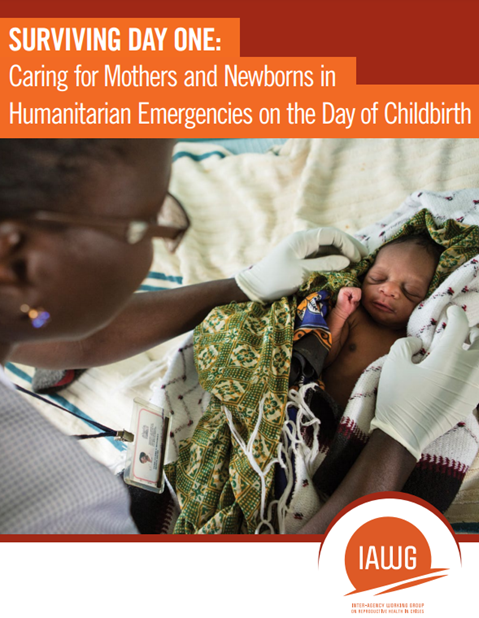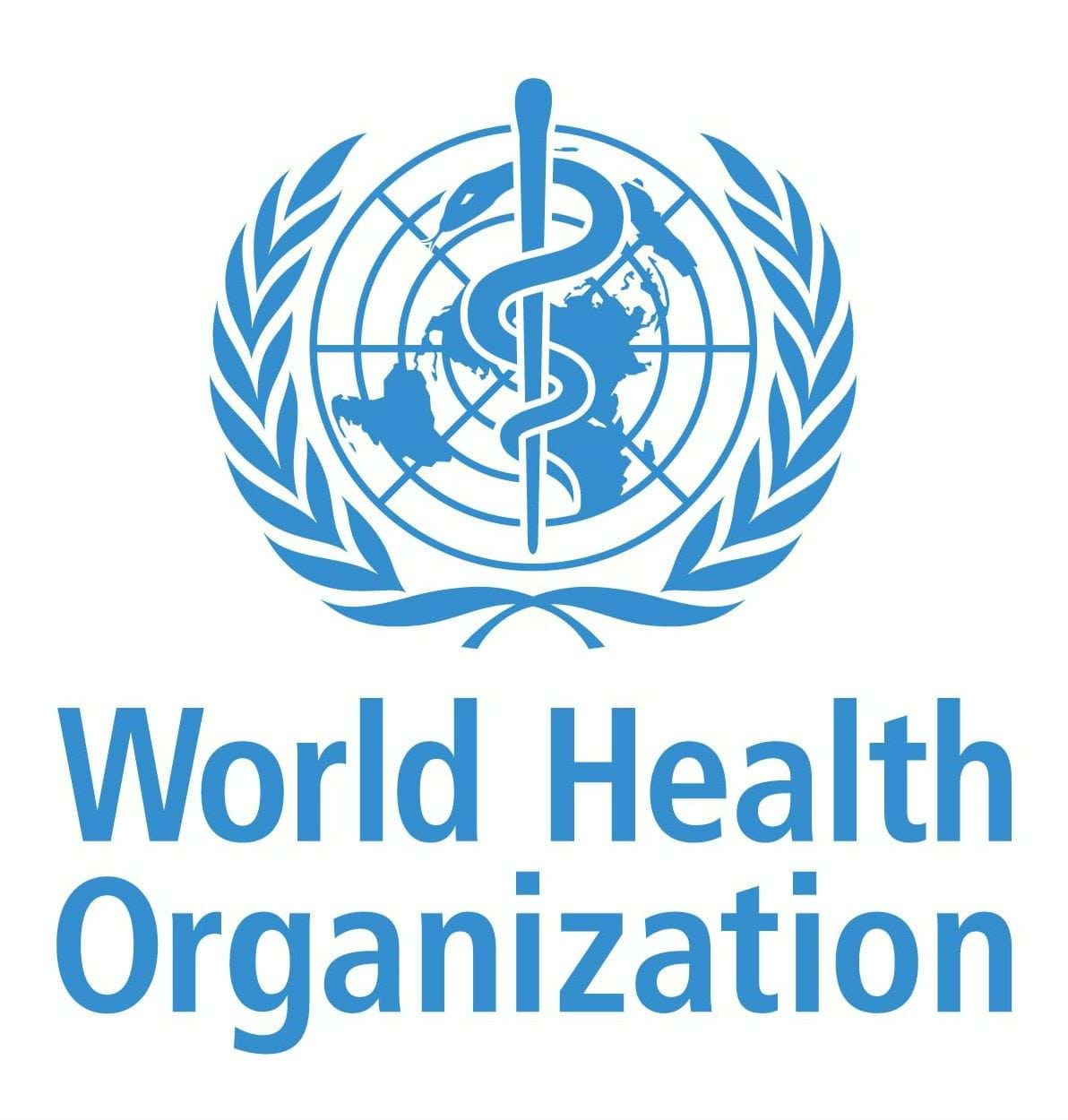Healthy Newborn Network: Surviving Day One

Overview
The United Nations Office for the Coordination of Humanitarian Affairs (UNOCHA) estimates that nearly 132 million people living in 42 countries will need humanitarian assistance in 2019.1 Even more alarming, women and children suffer disproportionately in humanitarian emergencies.2 Though investment in reproductive health in humanitarian emergencies has increased in recent years, focus on care for the mother-baby dyad during childbirth remains inadequate. Globally, of the ten countries with the worst neonatal mortality rate, five are in humanitarian emergencies: Afghanistan, Somalia, South Sudan, Central African Republic, and Chad. Moreover, all have a neonatal mortality rate above 30 deaths per 1000 live births7 . Reducing maternal and newborn mortality requires the improvement of access to and quality of comprehensive sexual, reproductive services, skilled care during labor and childbirth, and access to quality emergency obstetric and newborn care. While progress has been made in financing and delivering reproductive health in crisis settings, significant gaps remain in the provision of essential and emergency obstetric and newborn care.3 As humanitarian contexts continue to become more complex, with an increased number of displaced persons and protracted settings as reported by UNHCR, more strategic action is needed to reduce preventable maternal and newborn deaths and stillbirths.
Produced by: Healthy Newborn Network

.png?sfvrsn=6d0e27cd_1)



